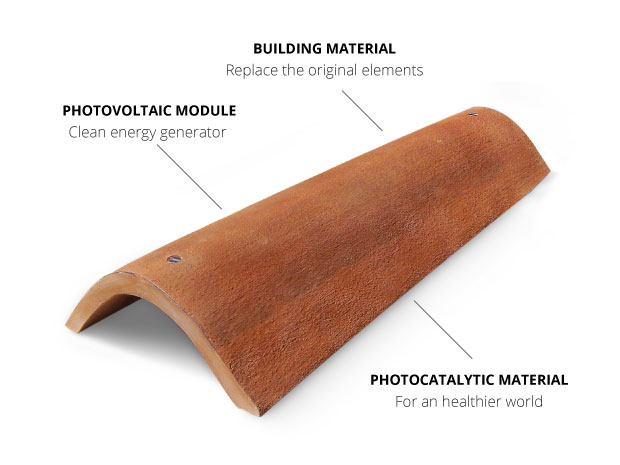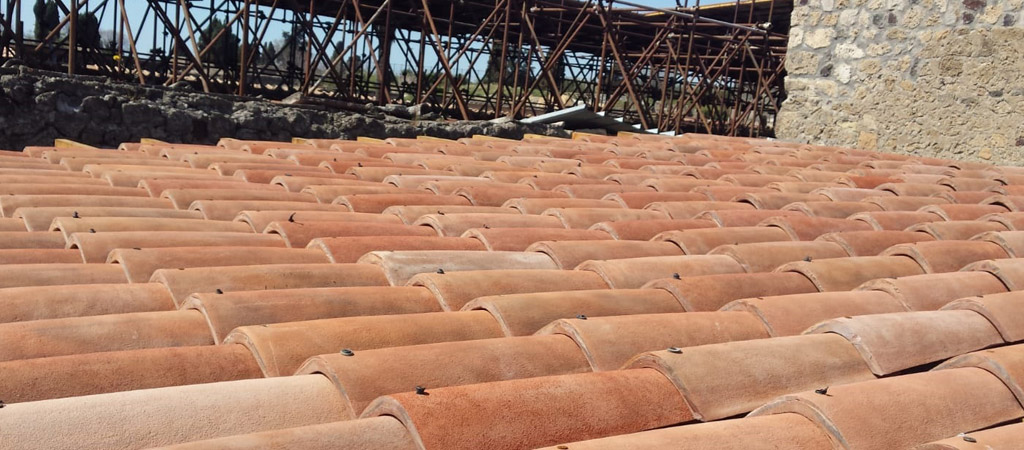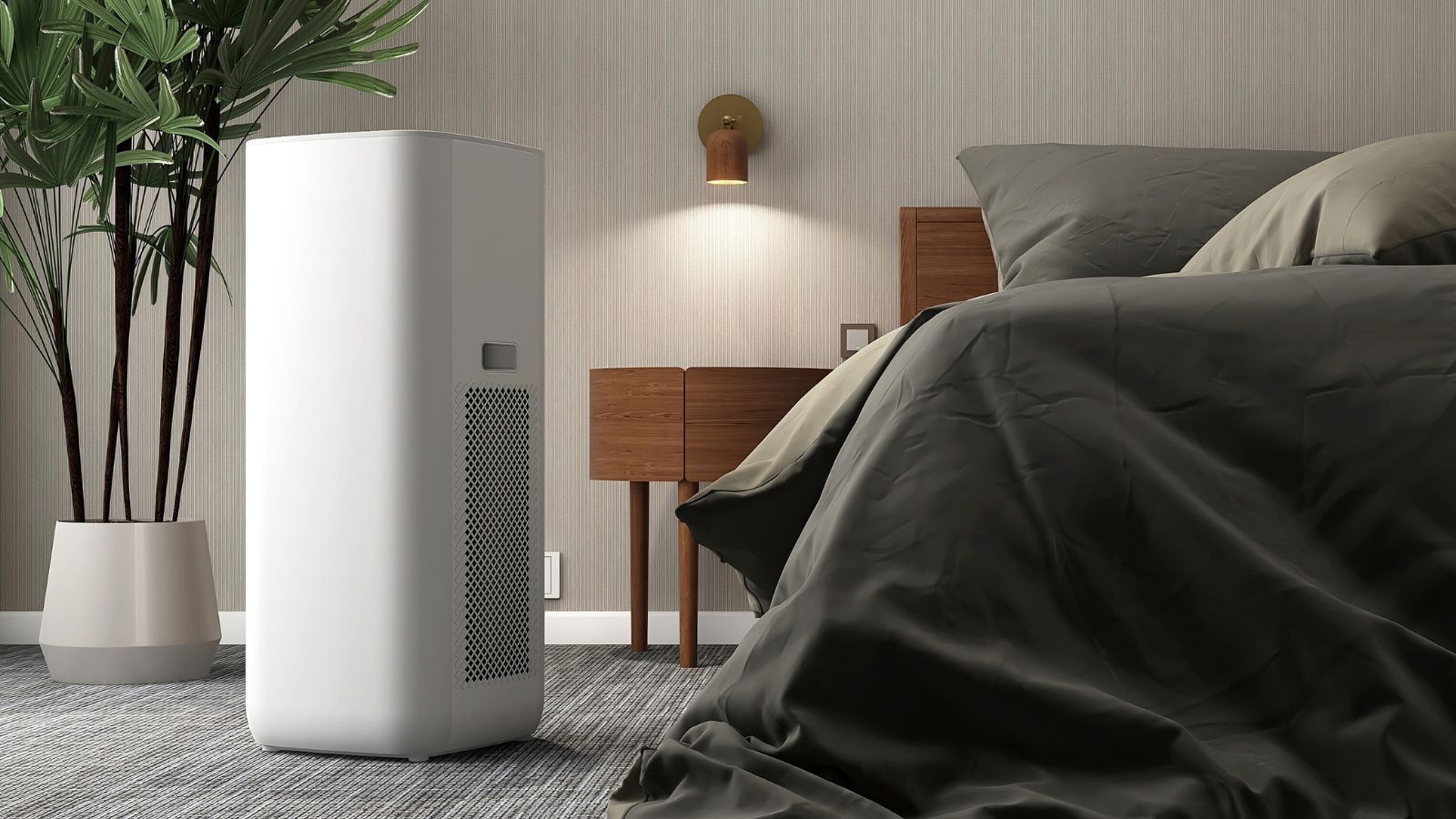
A renewable energy company has created solar roof tiles that are indistinguishable from the distinctive red pantiles seen on the rooftops of historic buildings.
Dyaqua, based in northern Italy, says the technology can solve the issue of improving the energy efficiency of listed and protected buildings without altering their distinctive look.
The company also claims the solar panels will promote the reuse of abandoned buildings that would otherwise lie dormant or be torn down.
How does the solar technology work?
The terracotta-coloured solar roof tiles have a coating that makes them resemble traditional ceramics while still allowing sun rays to pass through and generate power.
Each module is composed of a non-toxic and recyclable polymeric compound with a low molecular density developed to encourage photon absorption via the monocrystalline silicon cells inside.
Each module is similar but never identical in order to create a more realistic effect, particularly for older buildings.
Designers are also developing solar panels that resemble materials like wood, stone, and concrete.
Bring your dream home to life with expert advice, how to guides and design inspiration. Sign up for our newsletter and get two free tickets to a Homebuilding & Renovating Show near you.
Why is the ceramic look important for the pantiles?

Spokesperson Elisa Quagliato told Dezeen: "We specifically designed Invisible Solar to finally allow cultural heritage to access solar energy, where traditional solar panels and other BIPV are not allowed to be installed because of their high visual impact.”
"In fact, archaeological sites and usual heritage buildings have a high energy consumption. Therefore, solar energy is very important to lower the environmental impact of these beautiful places and support them in spreading culture," she continued.
"The interest in Invisible Solar is constantly increasing since it answers a specific issue of all heritage building owners."
In 2015 the Italian Ministry of Cultural Heritage and Activities and Tourism cited Dyaqua’s innovation as a solution to the problem of improving energy efficiency in culturally significant buildings.
Are the solar pantiles already being used?
In 2018 the invisible solar roof tiles were installed at the Pompeii Archeological Park at the House of the Vettii, a house which was preserved by the eruption of Mount Vesuvius in 79 AD.
"Invisible Solar was chosen to be installed in Pompeii for its total integration - both architectural and aesthetical – to the roof covering and its power efficiency," said Quagliato.
"The project aim is to turn Pompeii into the first smart archaeological park, creating an international reference model for other cultural heritage sites."
Sam is based in Coventry and has been a news reporter for nearly 20 years. His work has featured in the Mirror, The Sun, MailOnline, the Independent, and news outlets throughout the world. As a copywriter, he has written for clients as diverse as Saint-Gobain, Michelin, Halfords Autocentre, Great British Heating, and Irwin Industrial Tools. During the pandemic, he converted a van into a mini-camper and is currently planning to convert his shed into an office and Star Wars shrine.

